UIC Chemistry Hub Heading link
-
Research News
Stay updated with the latest research news at the Chemistry Department. Explore groundbreaking discoveries, faculty achievements, and exciting breakthroughs that shape the future of science.
-
Seminars
Discover a world of knowledge through our seminars and events. Join us in exploring diverse topics in chemistry, engage with renowned scholars, and expand your horizons at UIC's Department of Chemistry.
-
Donate
Support the future of scientific innovation and education at UIC by contributing to our department's mission. Remember to search for "LAS Chemistry Unrestricted" when making your donation!
Research: Areas of Study Heading link
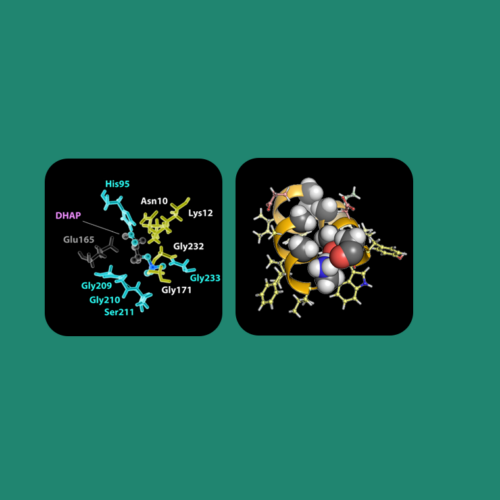
Bioanalytical & Biophysical Chemistry
Immerse yourself in the dynamic research landscape of bioanalytical and biophysical chemistry, delving into mass spectrometry, surface analysis, and molecular interactions.
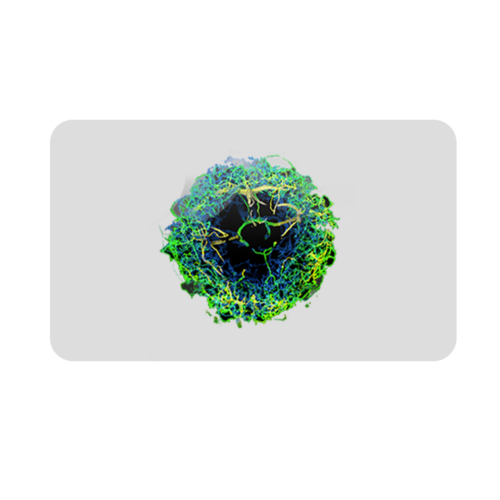
Chemical Biology & Drug Discovery
This study field encompasses a wide spectrum of research, including physical organic chemistry, virology, chemical biology, and bioimaging. Research groups focus on diverse areas such as small-molecule probes, cellular protein interactions, molecular assemblies, immune imaging, and novel chemical methods for protein analysis.
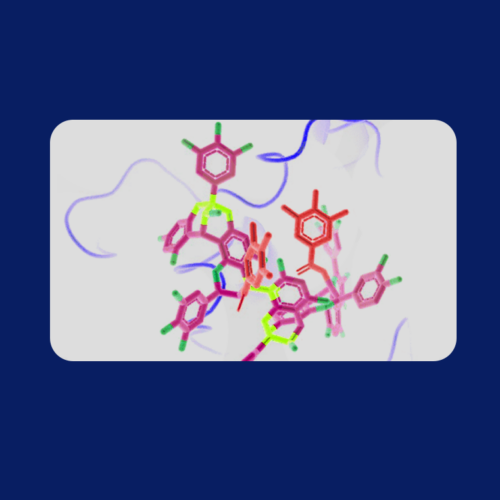
Chemical Education Research
Chemical Education Research is a dynamic field examining various facets of teaching and learning chemistry. Topics include equity in STEM education, curriculum development, innovative teaching methodologies, spatial thinking, and the design of effective educational materials using advanced technologies.
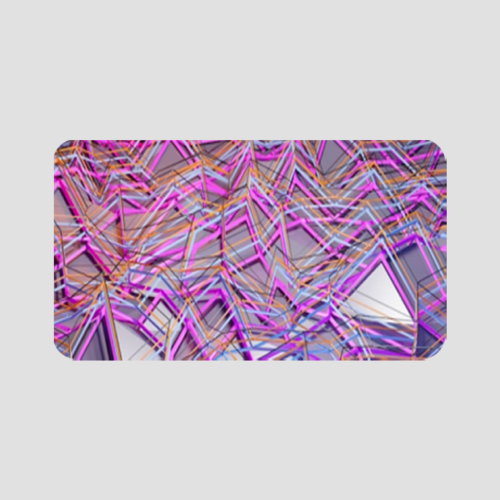
Energy and Sustainability
Embark on a journey towards shaping a sustainable future with a focus on Energy and Sustainability. Dive into the realm of cutting-edge organic light-harvesting materials and redox properties, unlocking the potential to revolutionize energy storage solutions and pave the way for environmentally conscious advancements in the field.
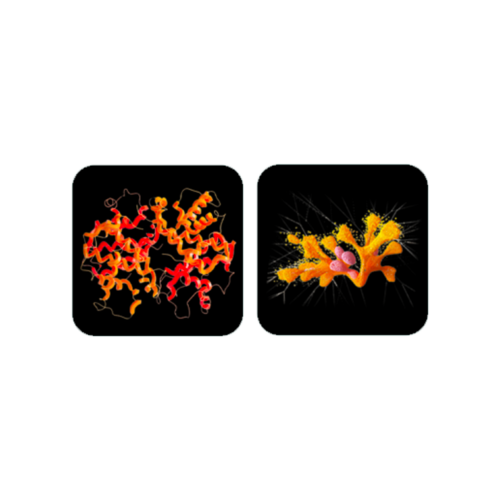
Materials & Nanoscience
Explore the intricate world of laser optics, unveiling the mysteries of single molecules, or venture into the exhilarating field of extreme material physics, unraveling the secrets of room-temperature superconductivity and novel high-pressure compounds. This is the perfect opportunity to be at the forefront of revolutionary discoveries that will shape the future of science and technology.

Physical
Delve into the world of laser optics, unraveling the mysteries of single molecules, or immerse yourself in the forefront of biophysics and cancer research, where the secrets of DNA damage and protein dynamics are unraveled. Embrace the opportunity to be at the forefront of scientific discoveries that will redefine the boundaries of our understanding of the physical world and pave the way for innovative solutions to complex challenges.
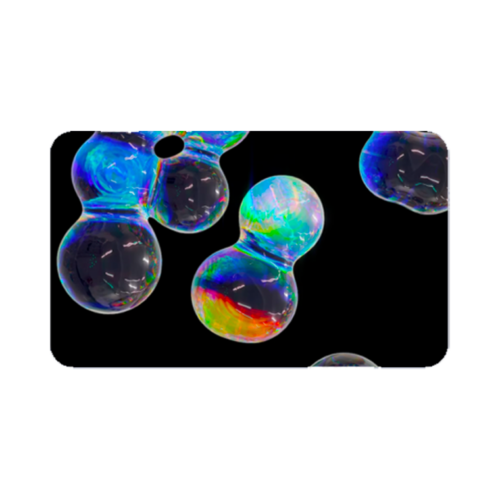
Catalysis, Synthesis & Drug Development
Explore column chromatography and cutting-edge synthesis methods for pure organic products and complex molecules, aiming for breakthroughs in Catalysis, Synthesis, & Drug Development. Researchers focus on C-H bond activation, C-N bond formation, and inorganic compounds for sustainable synthesis and energy applications
